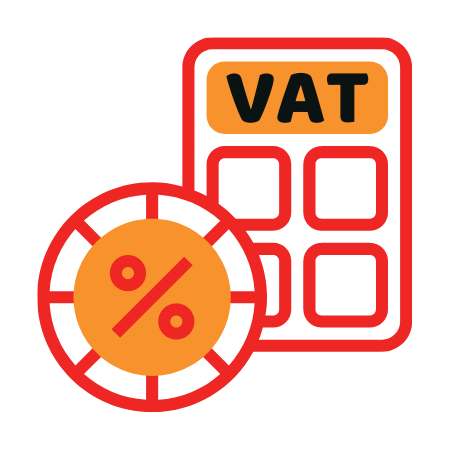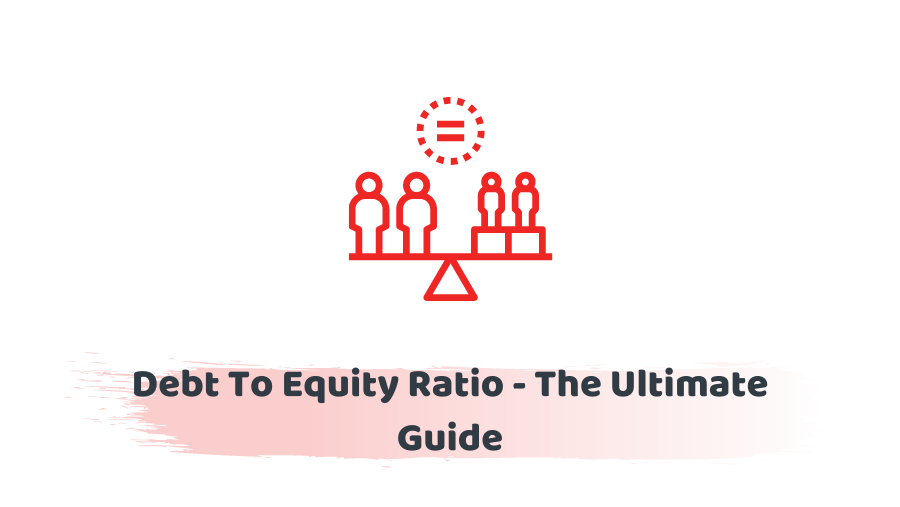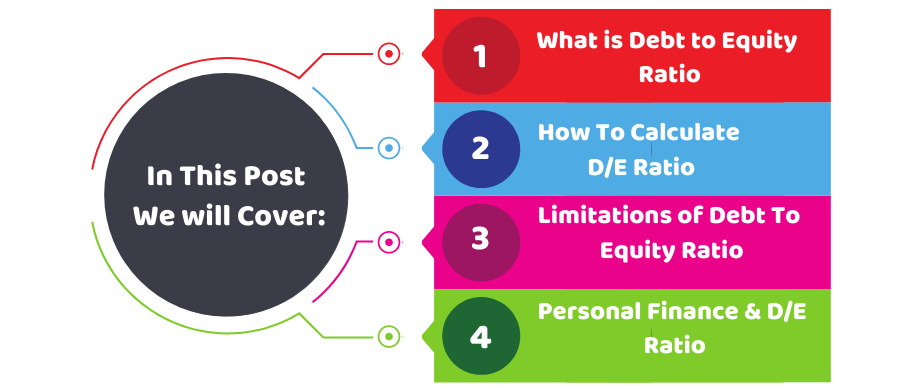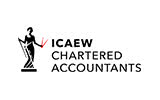Debt To Equity Ratio: The description of the Extent of Debt and Equity, your Business requires to use for Smooth Finance Operations.
The sound of debt generally makes us think of high interest rates, bills, bankruptcy, or avoiding credit cards. However, when you have smart business know-how, the sound of debt isn’t that bad. Rather, the business analyst and investors offer to be such an opportunist to use debt smartly to grow the value of your business.
This exactly where the Debt to Equity Ratio errands the limelight in business. In this post, we will cover:
- What is Debt to Equity Ratio?
- How To Calculate D/E Ratio?
- Limitations of Debt To Equity Ratio
- Personal Finances and D/E Ratio
For more Key Performance Parameters, contact our Accountants for the simple yet best guide and grow your business like never before!
What is Debt To Equity Ratio?
When a company’s total liabilities are divided by the shareholder’s equity, that is what we call the debt to equity ratio. These figures are generally included in the balance sheet of the business financial statement.
How To Calculate D/E Ratio?
In the case of Sole Proprietorship, D/E Ratio is calculated by dividing debts of the business by the investment of the owner. Otherwise, it is calculated by dividing the business debts by shareholder’s equity.
Here is the short Formula:
D/E Ratio = Total Business Debts / Shareholder’s Equity
Here is the Long Formula:
D/E Ratio = ( short term debts + long term debts + fixed payments ) / Shareholder’s Equity
Total debts of the business and shareholder’s equity are two main components. The balance sheet already has the details of shareholder’s equity, what needs to be worked on is total business debts. The name itself depicts the method of calculation.
Total Business Debts = Short term debts + Long term debts
If You are a sole Trader, the case to calculate will be different for you, as mentioned above. Learn More with our Experts at Accotax!
Limitations Of Debt To Equity Ratio:
The industry in which your company is breathing is very important to consider while using the Debt to Equity Ratio. This is because the capital need and the growth rates vary depending upon the types of industry your business belongs to. There could be a high D/E Ration in a certain industry, while comparatively low D/E Ration in another industry.
Personal Finances and D/E Ratio:
Personal Debt to Equity Ratio is when D/E Ratio can be applied for the personal financial statement. In such cases, the equity is defined as the difference between an individual’s personal assets value and his liabilities or debts. The formula of the personal debt-to-equity ratio is:
Debt/Equity = Total Personal Liabilities/personal Assets
Here personal debt, liabilities, and personal assets are prominent components. By personal debt, we mean the loan taken by the individual or the small business. The lenders usually evaluate D/E to have an idea of how capable is the person to carry on with the loan episodes if his income stops for a temporary time period.
Register yourself as a sole trader, we at Accotax will handle the paperwork for you. All you owe is to pay the income tax for a year in two episodes!
Conclusion:
The concept of the Debt to Equity Ratio is important as it is helpful to indicate the financial health of a company by analyzing the aspects of owned and borrowed capital. In some cases, the D/E Ratio can be misleading if handled in the wrong manner. It depends so much on the industry that your business belongs to. Since some companies are heavily capital intensive while others are low and this changes the high and lows of the D/E Ratio as well.
Seeking professional help to know more about how it practically works? Our Experts at Accotax offer instant help in this regard, contact us now!






















































